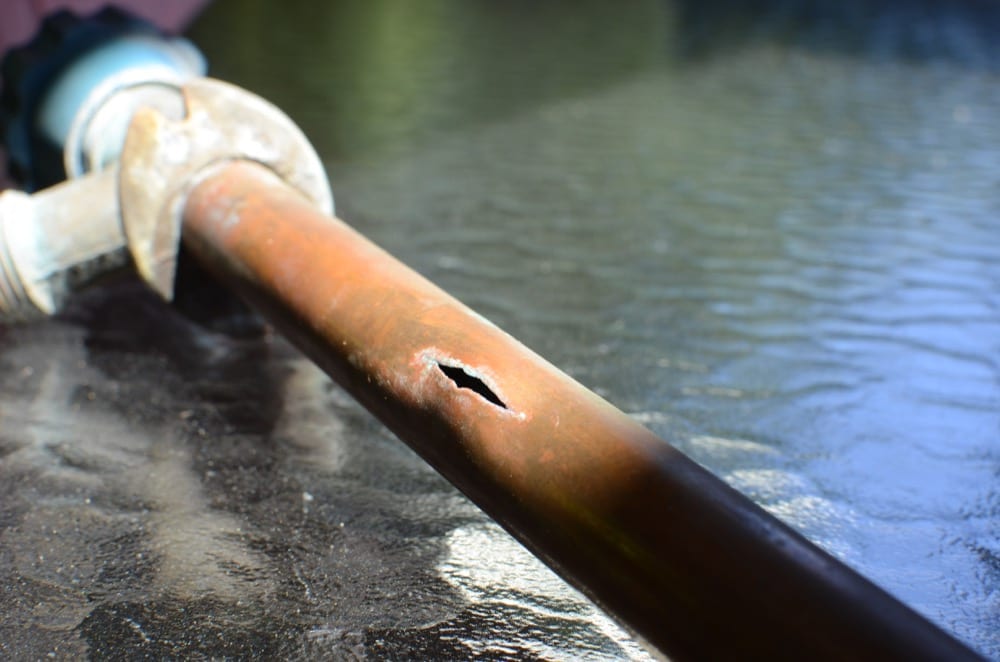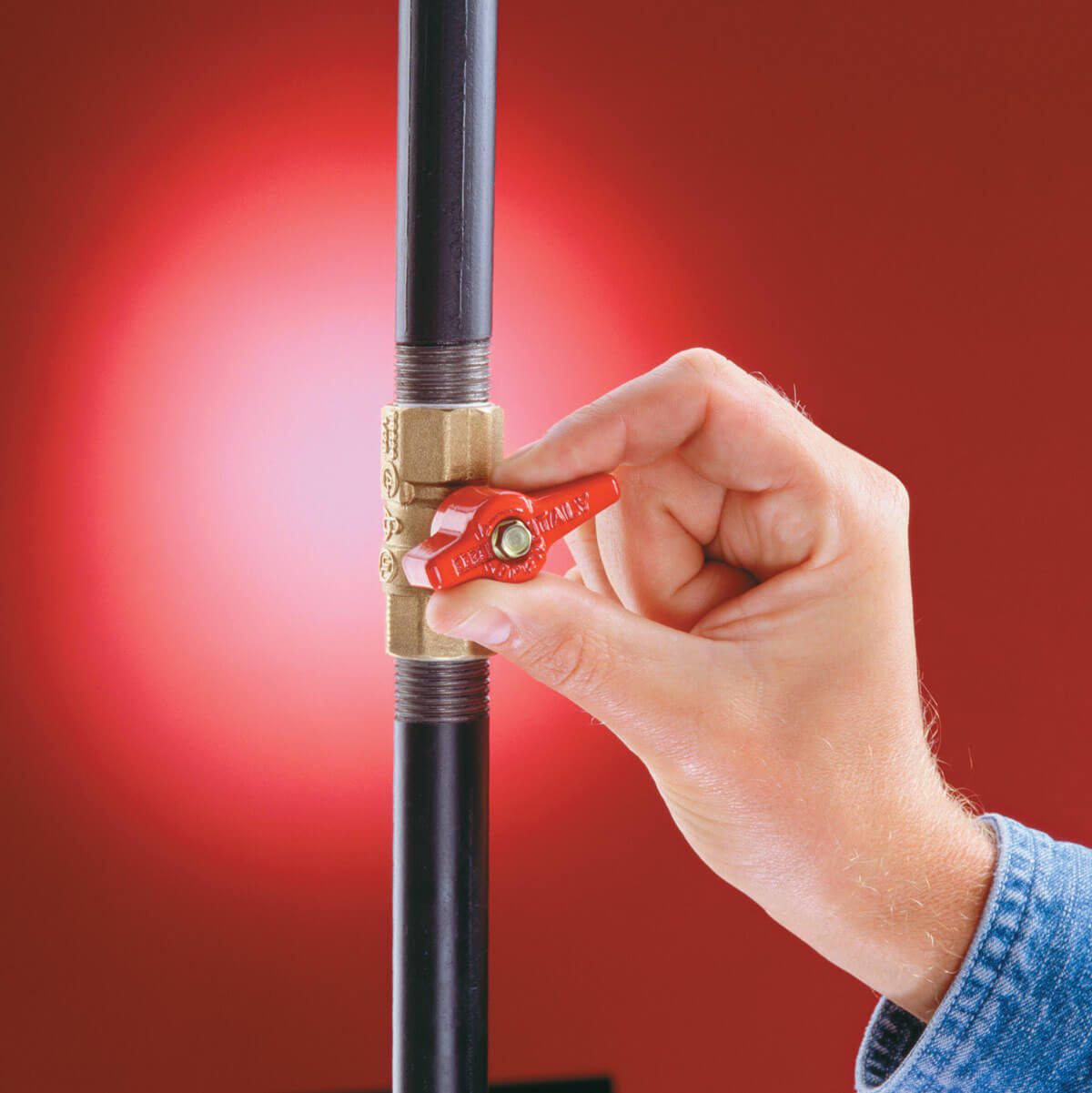Managing Flood Damage Following a Burst Pipe - Expert Recommendations
Managing Flood Damage Following a Burst Pipe - Expert Recommendations
Blog Article
Nearly everybody has their own unique piece of advice about Quick Tips To Help Deal With Water Damage.

What should you do if a water pipeline bursts in your home? The longer you wait, the more extreme the damage that can occur to your property. For these reasons, you require to learn exactly how to act in the event of a ruptured water pipeline.
Shut Off the Main Waterline Shutoff
The first thing to do? Shut the shut-off shutoff. Seek the neighborhood shut-off valve to switch off the water in one particular location just. Go for the major water line shutoff and transform it off if you do not understand where the localized shut-off valve is. This action will remove the water promptly in your entire home. Generally, the major valve is located outside the house next to the water meter. If it's not there, you can also discover it in 2 places: in the basement at eye level or the 1st floor on the ground. Commonly, contractors placed the shut-off valve in the main ground degree washroom or right alongside it.
Call Water Damage Restoration Pros for Aid
After shutting the water resource, call the experts for help. With their expert assistance, you can stop much bigger water damages including warped baseboards, loose tiles, or damaged structures.
Document the Damage For Insurance
While you're waiting on the pros to arrive, get some documents of the damages triggered by the errant pipe. Take images as well as videos of everything. Do close-up shots of the harmed prized possessions as well as places. Your paperwork will act as evidence for your property owner's insurance policy. Keeping aggressive with this circumstance aids you to file a claim for protection, which will certainly further support you as well as your family to come back on your feet.
Salvage Points That Can Be Saved
Take a look at the damaged products and take out the most important ones from the stack once you're done taking photos. Dry them off in a dry/warm place far from the damaged area and try to protect them as high as you can. Drag as much dampness as you can to the product so it can begin to dry out.
Start the Drying Process
You need to begin the drying out process immediately. The good news is, the water from your waterlines is currently clean so you do not need to stress over sewage system water. The flowing water might have disrupted the dirt and debris in your floorboards and rugs. In this situation, put some gloves on and start some troubleshooting. Use containers to discard out the water. Blot out as much water as you can from the surface areas with old towels. Switch on an electrical fan or open your windows to advertise air blood circulation. These steps will speed up to completely dry and deter mold and mildew development.
Professionals are the only people certified to examine appropriately as well as repair the burs pipes and also succeeding damage. As constantly, pipelines do not just all of a sudden break out of the blue. They normally offer quiet red flags like gurgling paint, water stains. Unusual noises in the plumbing, caving ceiling, musty smell, or peeling wallpaper. Make note of these indications as well as do some preventive measures so you can nip any kind of concerns in the bud.
What should you do if a water pipeline bursts in your house? For these reasons, you need to learn just how to act in the event of a burst water pipe. After shutting the water resource, call the specialists for help. With their professional help, you can protect against much bigger water damage including warped baseboards, loosened floor tiles, or harmed frameworks. The good news is, the water from your waterlines is currently clean so you do not have to fret about drain water.
How to Handle a Burst Pipe and Minimize Damage
Steps to Take Ahead of Time
If you own property in an area that experiences cold weather, you need to be aware of seasonal maintenance tasks that will help you protect your property as the weather changes each year. One of the most important steps is to winterize your pipes to ensure they won't freeze or burst when the temperature drops. This includes action items like insulating any exposed pipes, detaching garden hoses and covering outdoor faucets. If the weather gets cold enough, you may even consider leaving a faucet dripping or opening cabinet doors during the coldest parts of the day.
No matter how prepared you might be, accidents and emergencies still happen. You'd be wise to set up a savings account specifically for your property so you have a "rainy day" fund set aside for unexpected expenses. All homes regardless of age, location or condition will inevitably need some form of emergency repair.
Steps to Take for Frozen Pipes
A frozen pipe will not necessarily burst, so if you can catch a frozen pipe early on, you could save yourself a major headache. When your area experiences frigid temperatures, be sure to check your plumbing and keep an eye out for warning signs like faucets only releasing small amounts of water or toilets not refilling when flushed. If you do run into one of these issues, you're likely dealing with a frozen pipe.
If this happens, your first step should be to cut off the water supply to that section of the plumbing. Expanding and freezing water can quickly cause damage. Even if the water supply is shut off, you will likely still deal with some leaking from the water that defrosts after the pipe has thawed. Be prepared with a mop, bucket and/or towels to quickly soak up any excess water.
In order to thaw a frozen pipe, you can use a space heater, infrared or incandescent heat lamp, or even a hairdryer to warm up the frozen area. Heat tape is also an option and should be used according to manufacturer instructions. Do not use any sort of open flame to thaw frozen pipes, as it poses a major fire hazard and can damage your pipes further.
Steps to Take for a Burst Pipe
Water damage claims are the second most common insurance claim in the U.S. When you're dealing with a frozen pipe, the water continues to expand as it freezes, which creates pressure that can cause a pipe to burst. When this happens, the crack or leak in the pipe allows water flow from the pipe to enter your home where it shouldn't. If a pipe does burst, you need to act quickly to mitigate property damage and repair cost.
Your very first step should be to shut off your main water supply to minimize flooding typically the most expensive damage to address. Once you've shut off the water supply, make sure you identify the entire area that has been impacted by the leak. Remove as much water as possible as quickly as possible using a mop, sponges, towels or a shop vacuum or wet/dry vacuum. To prevent long-term damage due to moisture build-up, run a dehumidifier or fan in the affected area. Contact a licensed plumber to ensure the pipe is correctly repaired before running any water to that section of the home again. Burst pipes and the associated water damage are something you absolutely want to avoid as a property owner. If you've had to learn your lesson the hard way, don't let yourself get caught in a similar situation during the next spell of cold weather. The best way to deal with frozen or burst pipes is to prevent them in the first place proactive winter maintenance will save you time, money and a whole lot of stress.

Do you like reading up on Do s And Don ts In Case Of Water Damage? Put a remark down the page. We will be glad to listen to your reactions about this blog posting. We hope that you come back again later on. Enjoyed reading our content? Please share it. Help other people locate it. Many thanks for your time spent reading it.
Act now! Report this page